
Rooted Together
The future for gardening looks joyful and holds a connection to Mother Nature that just may be the saving grace of the planet. This bold prediction comes from the 2019 Garden Trends Report: Rooted Together – Reconnecting with the Natural World, which introduces eight industry trends that garden centers can utilize for years to come.
Garden Media Group’s 18th annual report dives deep into the intrinsic connection people have with nature and how banding together is the best defense to protect the earth.
People are finding joy in nature to achieve peace and purpose in their everyday life. The 2019 Garden Trends Report showcases trends in design, color and technology that will strengthen our relationship with Mother Nature. These trends are helping us move away from caring solely about ourselves to caring more about the world around us in order to rediscover the joy in nature.
Garden retailers can use these trends to attract new consumers. Knowing what trends are forecasted for the garden industry may ensure your business is offering customers everything they’ll want and need to keep their garden, outdoor living and home spaces they can be proud of.
Increasing our connection with nature allows us to build a healthier relationship with the ever-growing technological world, too. The 2019 report closely examines how this relationship with Mother Nature can provide grounding for consumers and businesses.
Here are a few snapshots from the report that most affect your businesses as garden retailers.
Indoor Generation
Ninety percent of people spend nearly 22 hours a day inside without enough sunlight or fresh air. Children spend on average less than one hour per day outside.
While this information is alarming, it’s not news to The Indoor Generation. And with research widely publicized about Sick Building Syndrome, VOCs and other harmful toxins indoors, awareness of the harmful effects of indoor pollution continues to rise; 52 percent of people in the U.S. are using houseplants to clean the air, according to market research firm Mintel.
Since getting outdoors more often is not always an option, bring the outside in with houseplants. Whether it’s Costa Farms’ O2 for You line (www.O2foryou.org) or your own collection, communicate that houseplants help clean the air. So, when they’re inside, your customers can breathe clean air, live happier and concentrate better.
This knowledge of clean air and the desire to have a connection to and nurturing of houseplants has created a whole new generation of plant parents. Millennials are finding out houseplants are more than just plants. With their appearance — large, glossy leaves or feathery fronds — houseplants become statements.
Millennials are collecting them, nurturing them and sharing photos of their “loves” on social media. Join them on Instagram by using hashtags such as #urbanjungle, #houseplantsofinstagram, #monsteramonday or #fiddleleaffig.
Screen Age
To cultivate the next outdoor generation, it’s our duty to be aware of habits with screen time. It’s not a shock that we are addicted to technology. Turning off the blue lights, spending less time in front of the TV, putting down our phone and tablets, and tuning into Mother Nature will make a world of difference.
It starts with us, the adults. When you set a good example, prune screen time and plant the seed of creativity in the garden, children will follow suit.
Garden centers can attract families looking for weekend activities by getting children excited about growing new foods in the garden. Host workshops for the whole family. Have safe zones around the store where kids can’t break anything. Offer compact and thornless berry bushes, such as Bushel and Berry, as a fun quick snack idea. Get even more ideas for planting with children in our 2019 Garden Trends Report.
Root to Stem
With the amount of waste Americans make every year, it is not a surprise that it’s time for a change. Brands are starting to address this issue.
The Espoma Co. has recognized the need for change and is shifting to sugar cane-based resin for many of its own organic fertilizer bags. And while great minds are trying to figure out how to deal with plastic, the industry has yet to find a solution.
Can garden centers be the leader in this movement and offer pot recycling or utilize alternatives in landscaping departments?
The problem of waste needs to be addressed at home as well. With over 1/3 of food being wasted globally each year, composting will help reduce and reuse food waste and turn it into a sustainable mulch to help plants grow. The best way to get someone started composting is through education. Host a workshop that provides easy- to-understand information, materials and inspiration.
Composting options range from digging a hole in the ground to using a tumbler, such as the Back Porch from Mantis to get started. Regardless of where your customers are composting, they will need help getting started and the tools and materials to be successful.
Silence of the Insects
Flying insects, especially pollinators, are at risk due to the uninhabitable ecosystem that has formed over the last century. And this reduction puts us humans at risk too! Pollinators are an important part of our food chain.
On the flip side, we are seeing invasive pests thrive due to a lack of natural predators. Trees, bushes and plants are all at risk.
The best way to handle both of these phenomenons is to garden defensively. Certified arborists such as those from Davey Tree can help assess damage and plant trees for the changing climate of the future.
By taking care of our existing gardens and planting insect-friendly gardens, we all can be part of the solution. Teaching customers about native plants and plants that provide food and shelter for pollinators is a great way to get started. Creating more landing strips for flying pollinators will strengthen their numbers and help secure our food supply.
Robo Gardening
Technology is ever growing, and while we need to stop using it as much in the home, we can still use it to our advantage in the garden. Planning a smart garden, with technology planting, watering and weeding, will provide effortless ways to defend Mother Nature.
Robotic bees are even making an appearance from Japan to the U.S., helping in pollination, crop identification and more. What’s next?
Plus, today’s shoppers are demanding more convenience and immediacy to their purchase needs, giving rise to the so-called “See Now, Buy Now” generation that wants greater choice — and our industry is no different. Garden retailers can offer delivery services, online shopping or buy now options on social media.
By offering high-tech tools, such as robotic mowers and wireless plant sensors, your customers will see you as innovative and the expert, and they’ll return to you for help. Plus, anything that can make gardening easier while making it better is a win-win.
Moon Struck
Our connection with the moon also taps into our desire to tune in with nature. Gardeners are turning toward the moon for advice on the best time to plant, prune and harvest. The age-old tradition states that the phases of the moon affect plant growth.
Moon gardens shine at night with flowers in shades of white, silver and blue
that will reflect the moonlight and glow. White Muscari, the 2019 Bulb of the Year according to Bulb.com, is the perfect match for this garden. Introduce your customers to insect- repelling plants and night-blooming flowers so they can enjoy their gardens at all hours.
Bring the moon into your garden center, by hosting events centered around the moon cycles, especially in the warmer months. Demonstrate plantings of silvery, white flowers and educate about the importance of night pollinators and what they can do to help them.
Get Minted
Mint is the color of 2019. People will be refreshed by the soft, neutral color
which harmonizes science and technology with plant life and nature. It drives us away from ultra- feminine hues such as Millennial pink to a more gender-neutral color.
Mint translates over to food with its ancient healing benefits, digestion aid and improving gut health. It can also help with mental awareness and heart health, according to Sheila Sanford, from White Moth Wisdom. Plus, it is a great pollinator plant for bees and butterflies!
Host a mint themed workshop with plants and accessories that will bring this color trend into anyone’s home or backyard.
The complete 2019 Garden Trends Report: Rooted Together is available for free download now at grow.gardenmediagroup.com/2019-garden- trends-report. Read Garden Media’s GROW! blog for trend updates and industry news

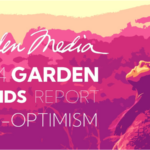
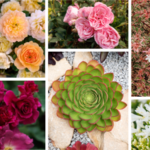
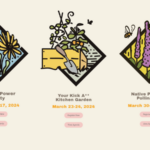
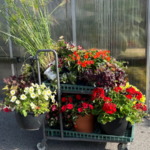


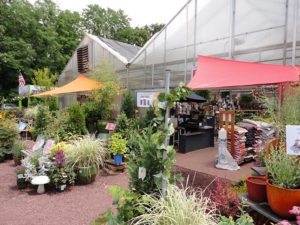

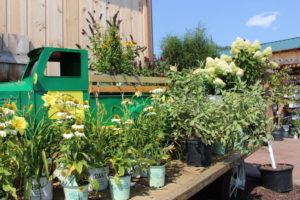


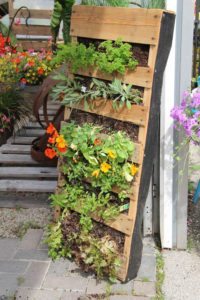
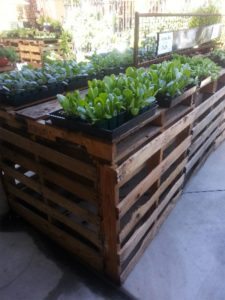
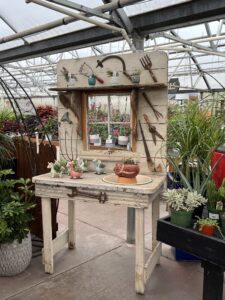

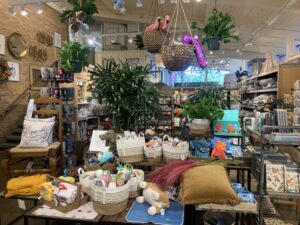

 Videos
Videos





